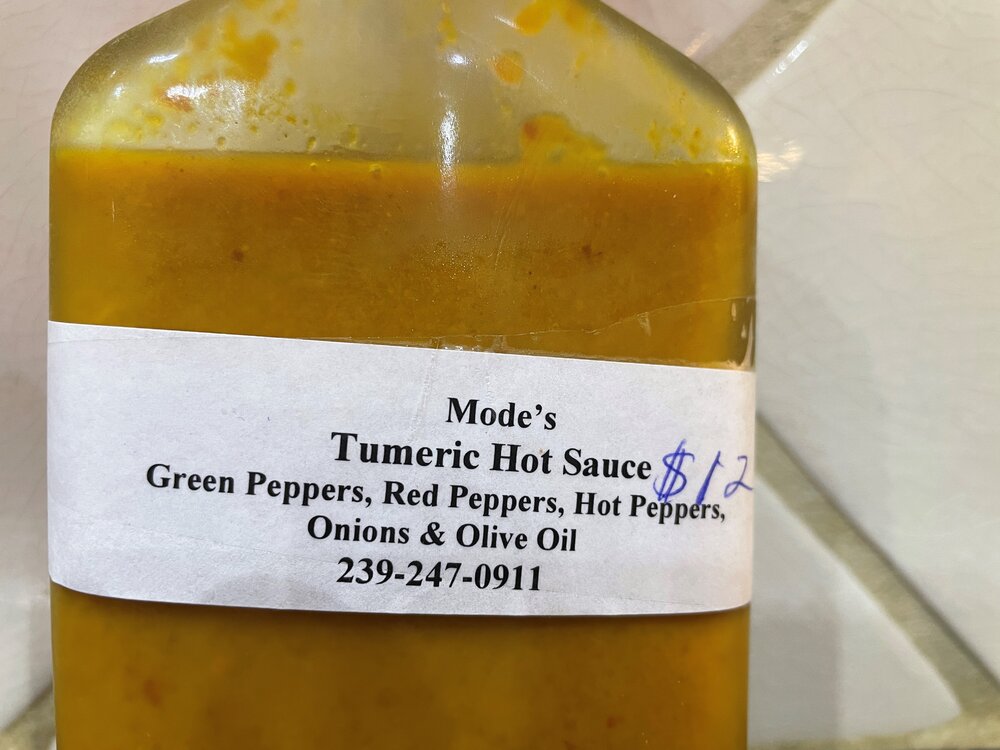Not sure what prompted the CMP to send out an advisory but they did. Opinions on this topic vary, but the CMP is obviously as informed as anyone.
I'd have to go to my old CMP manuals to see what was added / changed, but for the most part, this appears to still be in line with conventional wisdom from the majority of the shooters and what they have published before - The change may be moving the bullet weight down from 180gr.....as that number has always been stuck in my mind, but I could be mistaken
WARNING!
Dear CMP Family,
The CMP advises to not use .30/06 ammunition in M1 Garands, 1903s, and 1903A3s that is loaded beyond 50,000 CUP and has a bullet weight more than 172-174gr. These rifles are at least 70 years old and were not designed for max loads and super heavy bullets. Always wear hearing and eye protection when firing an M1 Garand, 1903 and/or 1903A3 rifle.
This warning is an update/addition to the Ammunition section in the Read This First manual enclosed with each rifle shipment (M1 Garand manual-page 6 and M1903 manual-page 10).
Civilian Marksmanship Program






